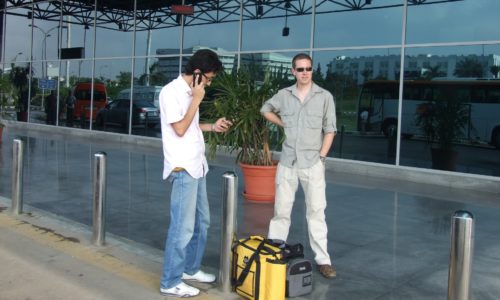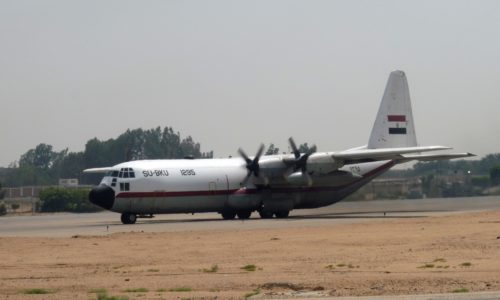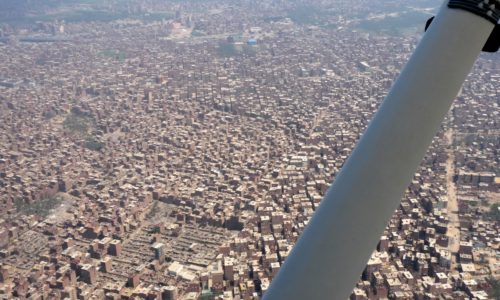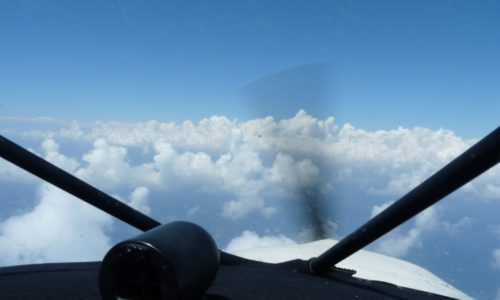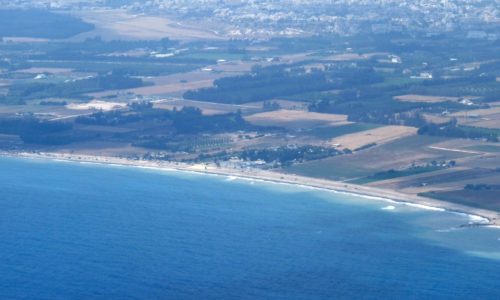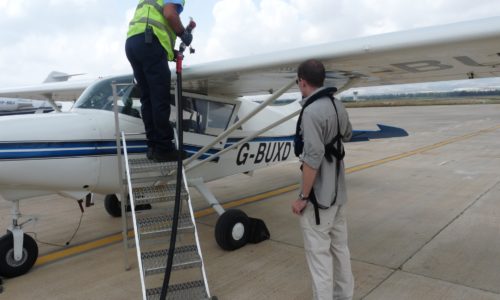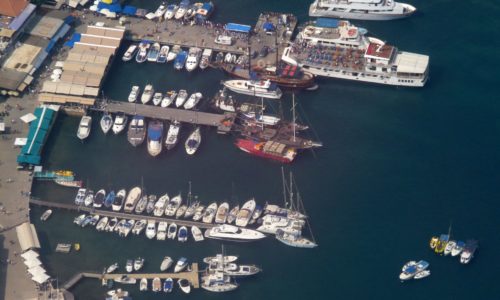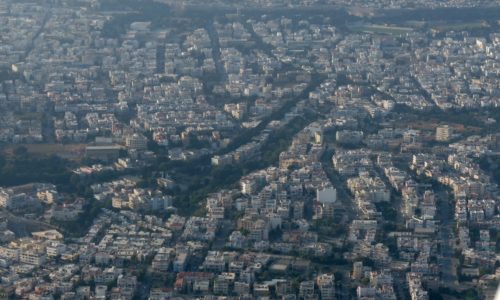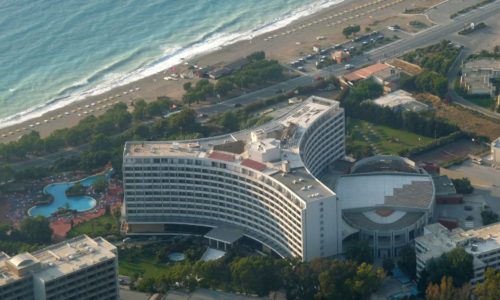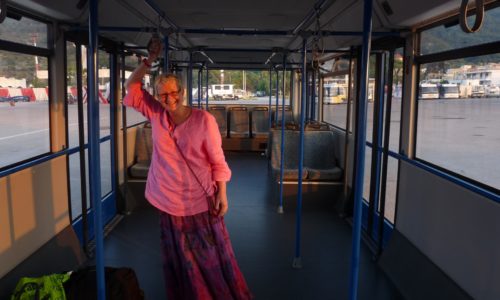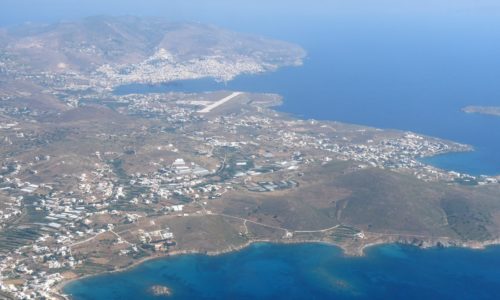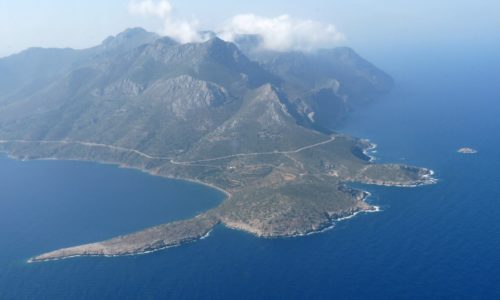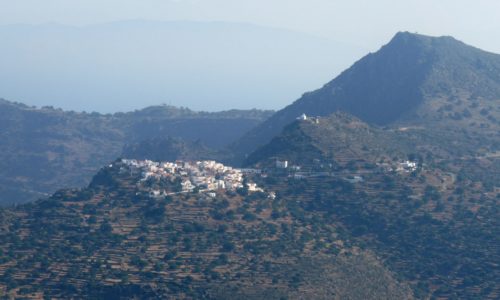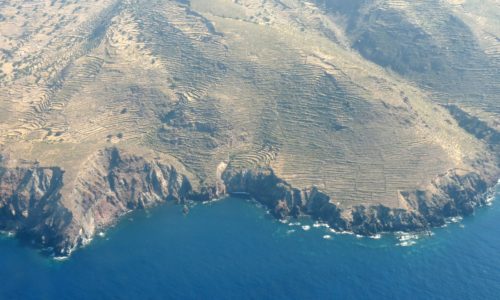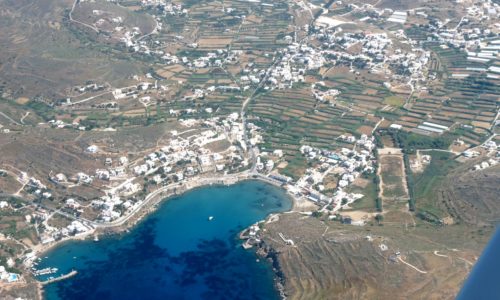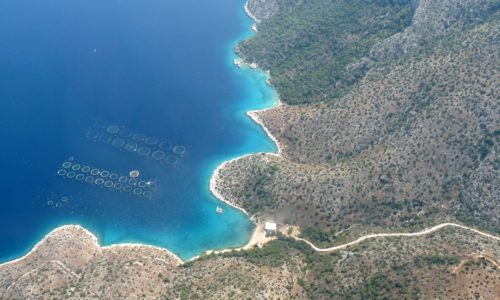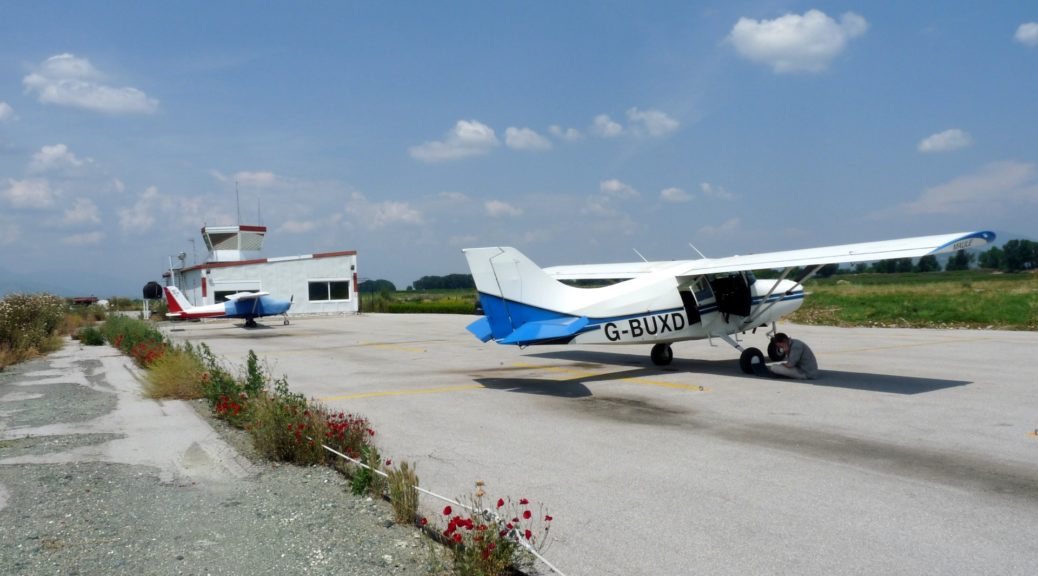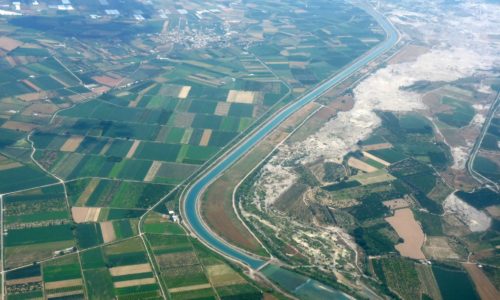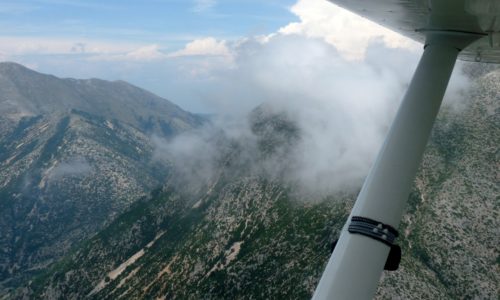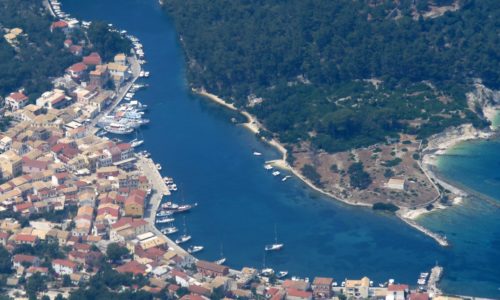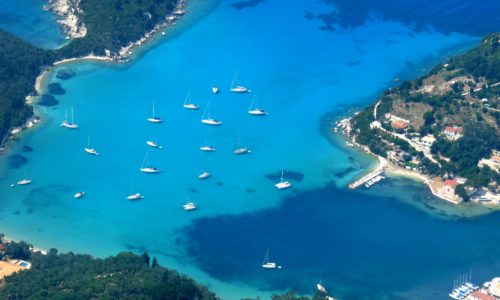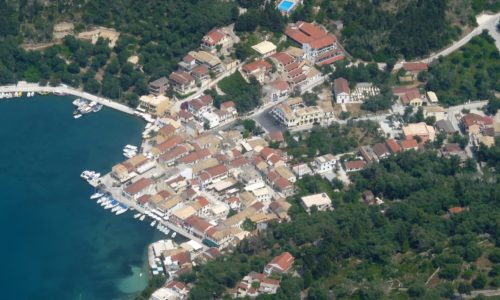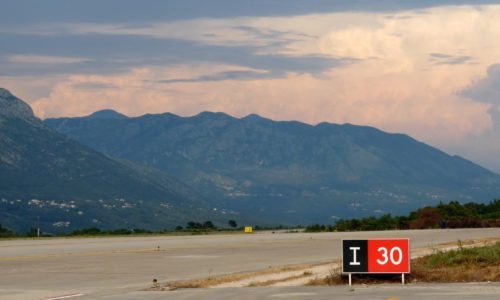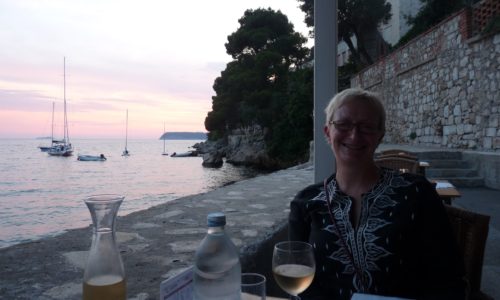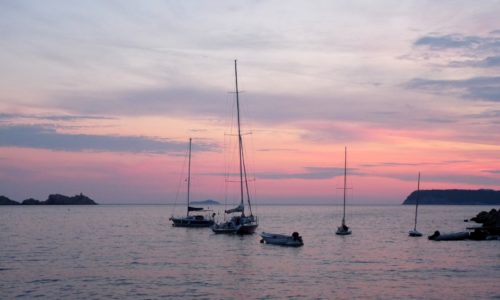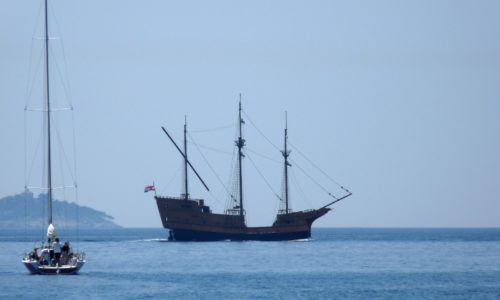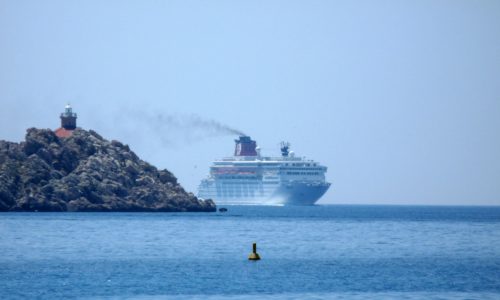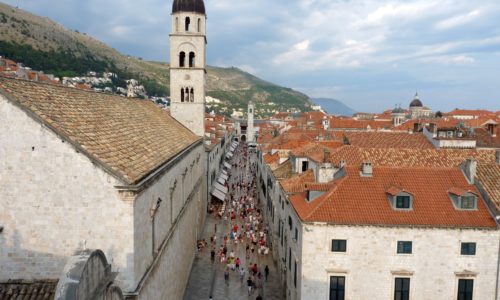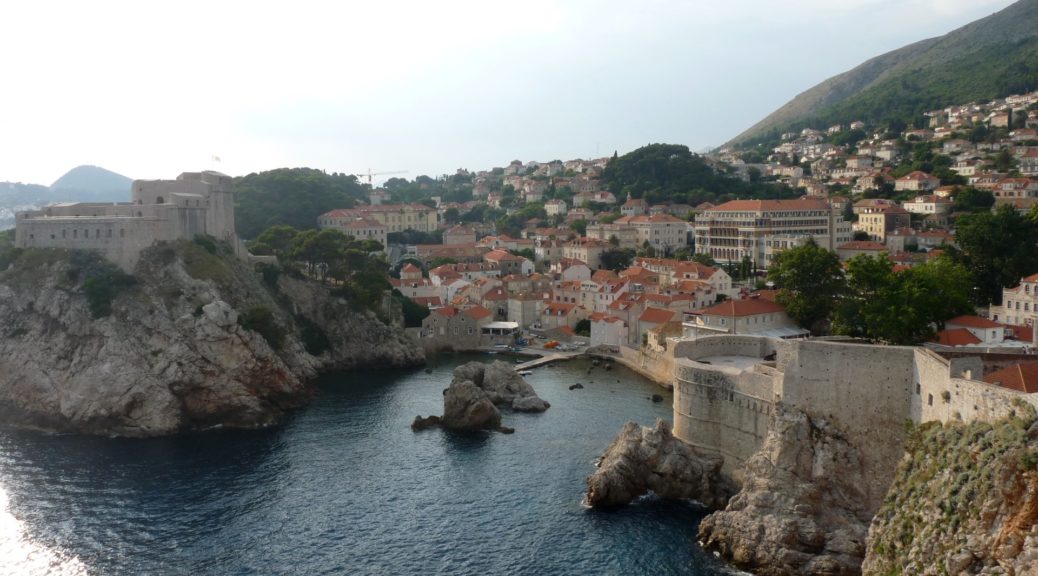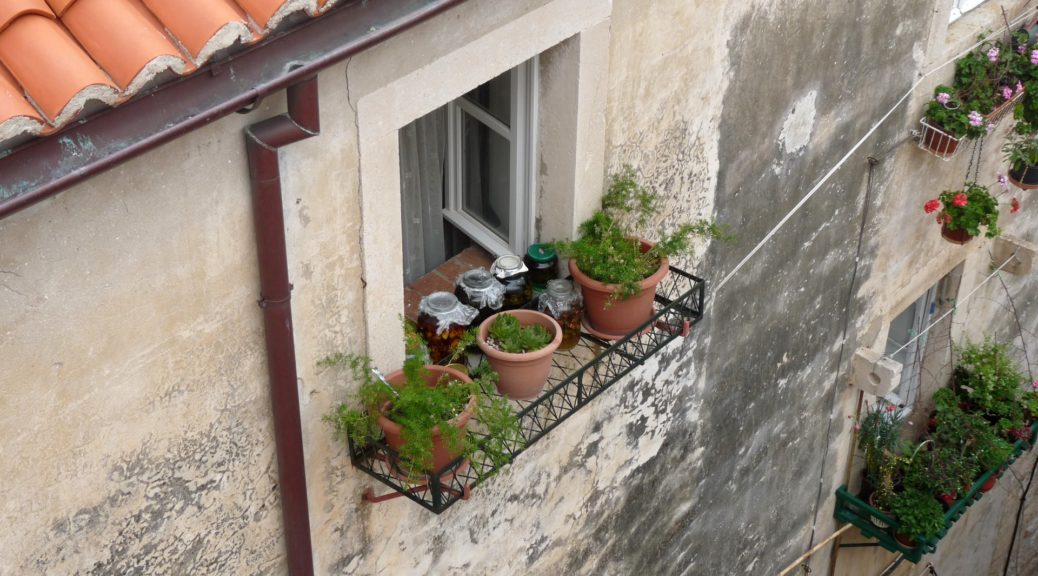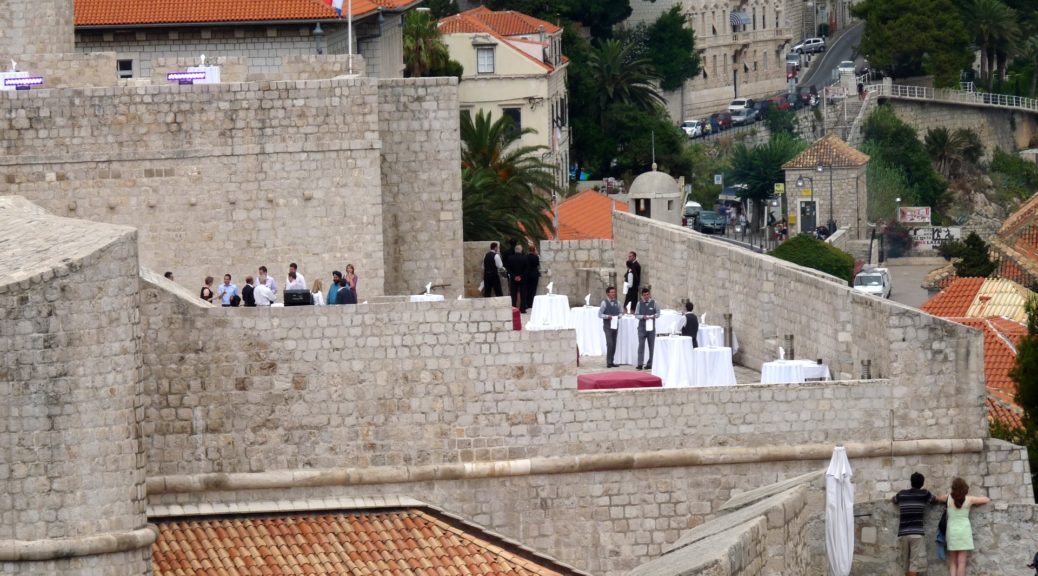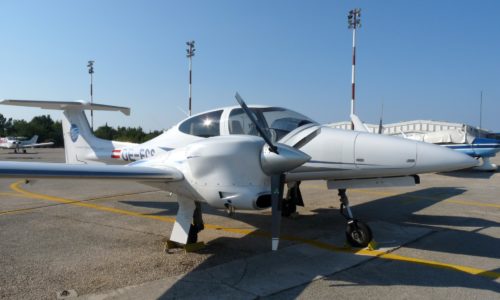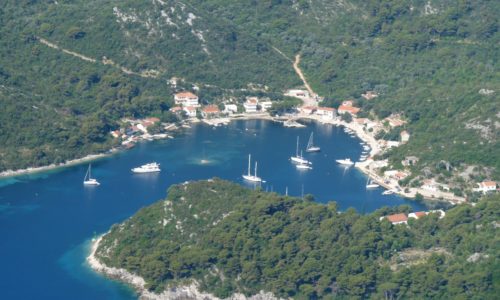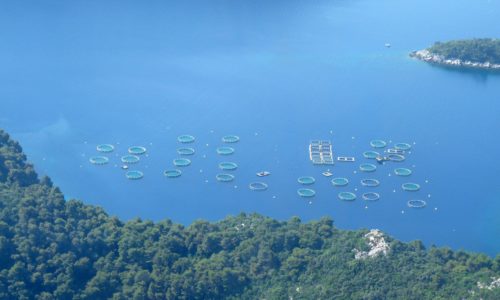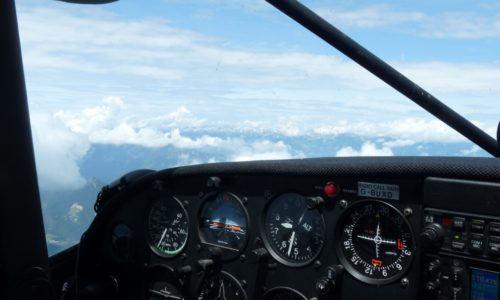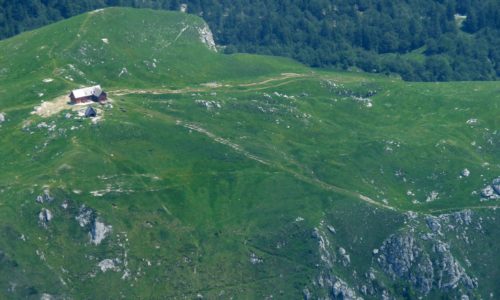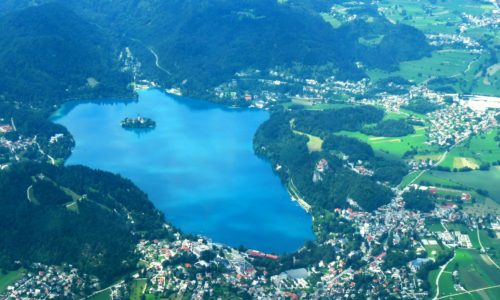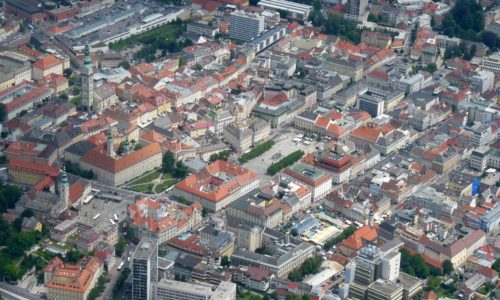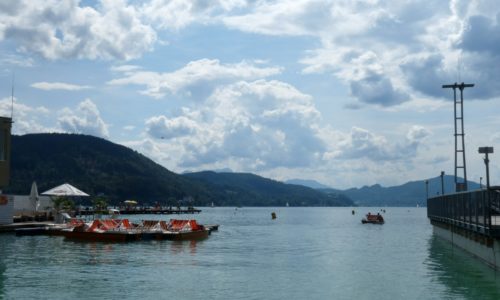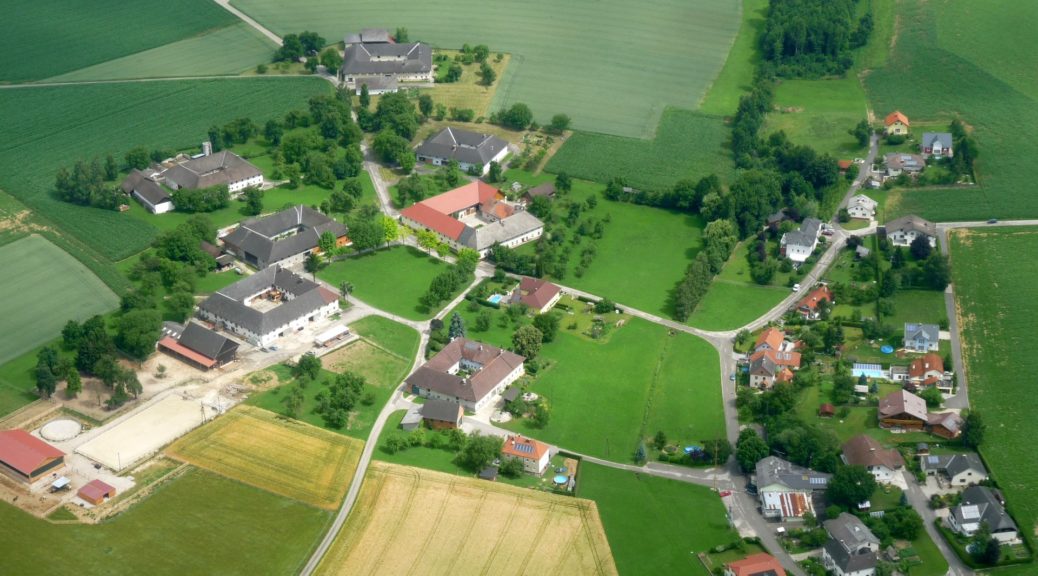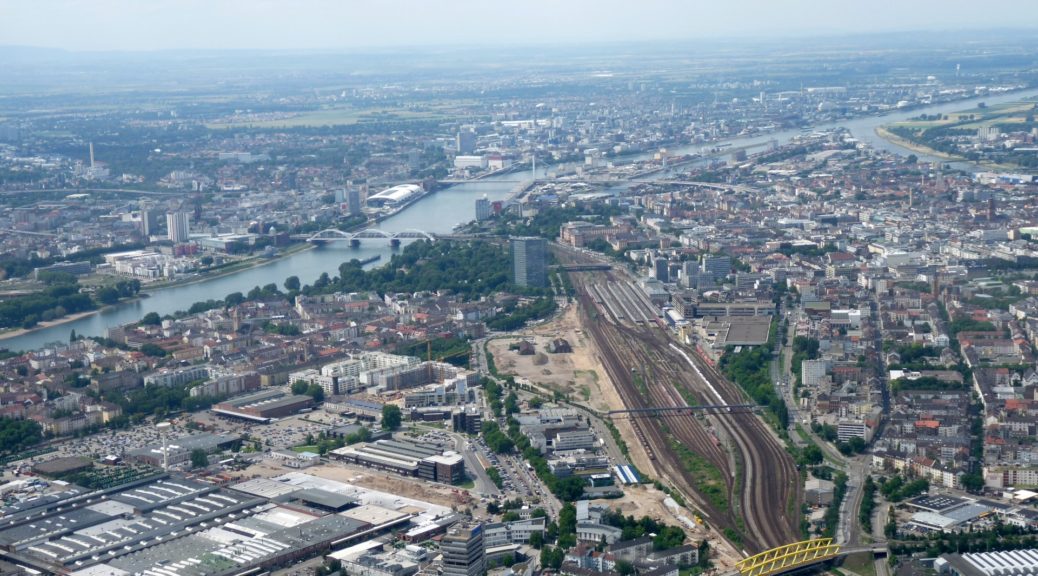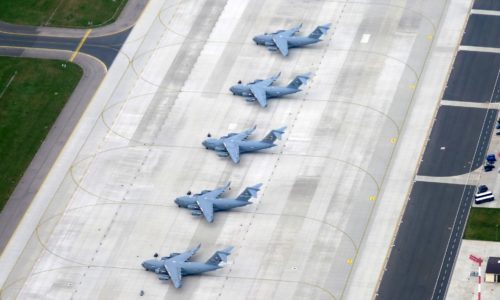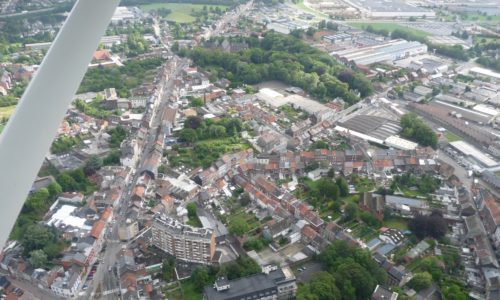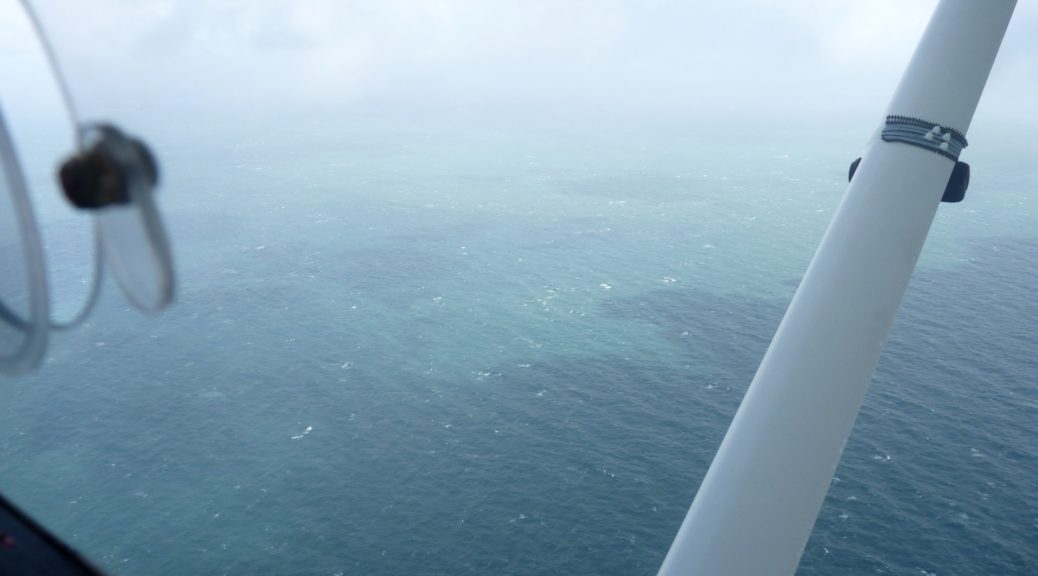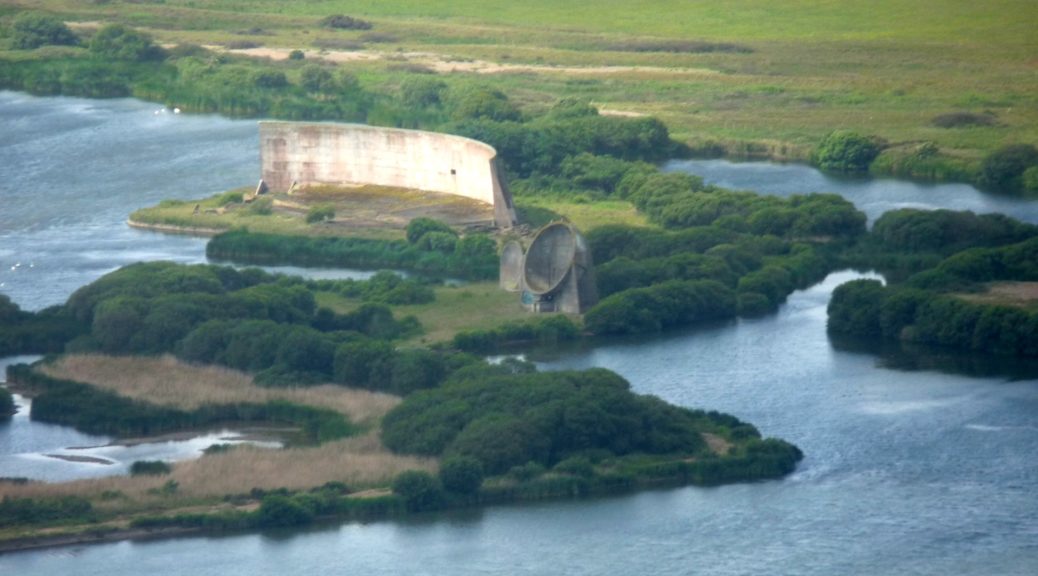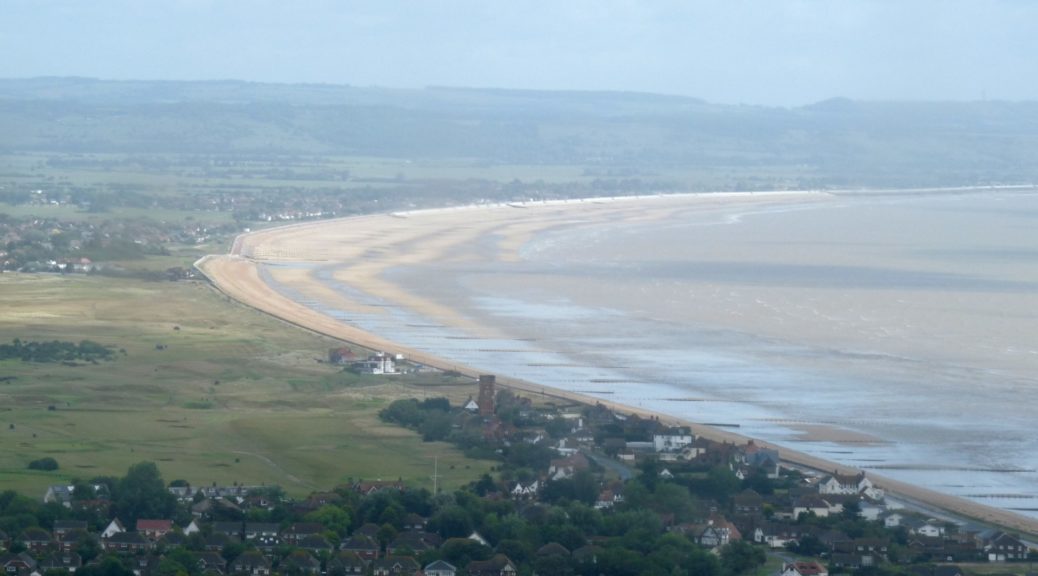Egypt – The Flights Home
As usual, we were up early. Ahmed collected us from the hotel and returned us to the GA terminal at Cairo. We said goodbye here to Juan, as she was taking an airline flight back to Holland due to work. The remaining two of us made our way through to the aircraft. A note for anyone traversing Cairo International; if you want to take advantage of the “Crew only” discount at Cairo, make sure both people have their licences with them!
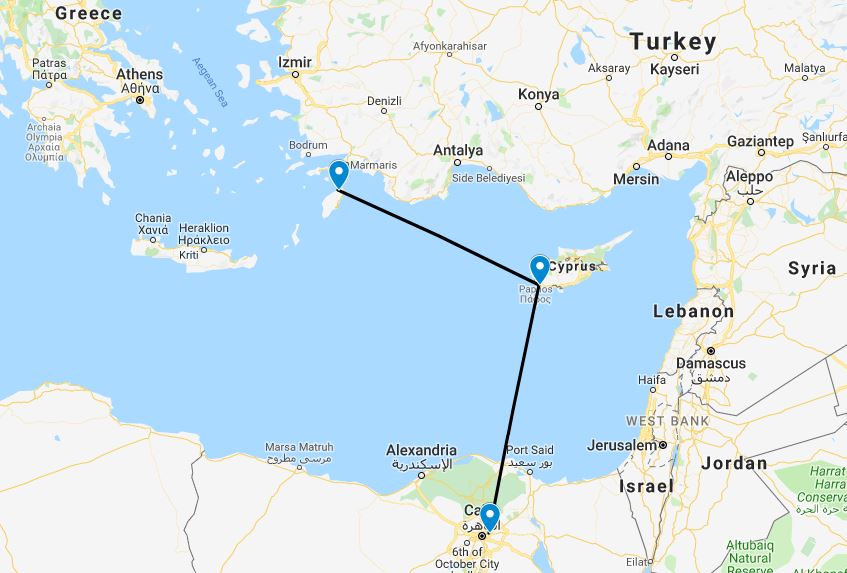
As we took off from Cairo, Eddie was on his balcony nearby hoping to spot us. Unfortunately we turned out to the right too soon for that, but he still heard us on the radio replying to Cairo’s request for us to expedite our climb; I had to tell them that we were low powered, heavily loaded, and doing the best we could! We flew for 100 miles North across the Nile delta; the scale of development is awesome. What in the UK might be villages, in Egypt are closely clustered cities with hordes of high rise buildings.
We coasted out and set course over a carpet of scattered cloud towards Paphos on Cyprus; we had originally planned to go directly to Sitia but decided that with our limited fuel the headwind was too strong for comfort. We descended through the scattered cloud to Paphos, where we refueled at a painful 3.13 Euro per litre, and were stung for over 300 Euros for handling by Swissport ; I suggest avoiding Paphos unless you really have to!
Another smooth flight took us to Rhodes for our night stop. In Greece, several handlers have made agreements with Greek AOPA for special GA rates for AOPA members. As a member of US AOPA I was able to use these and benefit greatly with both Swissport and Olympic; if you want to do the same, check the Greek AOPA website and call the handlers first to check things are still the same! We refueled on arrival as usual and headed to a hotel recommended to us by Sam from Prepare2Go. His suggestion was good, and the Mediterranean hotel was very comfortable and great value! We seemed to be in what passed for Rhode’s Norwegian area, and we dined at a local restaurant with a pianist playing such classics as “Zorba the Greek” while thoroughly inebriated Scandinavians danced and hollered. I used to think that the Brits were scary travelers but these guys took it to a whole new level!
We climbed out of Rhodes to an initial cruising level of 2000ft as we passed the airspace of Kos to the West. This gave a perfect view of the many Greek islands as we passed, and indeed, the controller instructed us to fly using some islands as waypoints. When flying in this area take along a map that lists them; my IFR chart did not but my VFR GPS did! Before too long we approached Athens, and were directed around the main international airport by ATC before being cleared to head North over the hills into the small private field of Ikaros.
A check of the airfield website the night before had revealed that this airport was open 365 days a year with Avgas available, and only a 6 Euro landing fee; perfect! Our suspicions were first aroused when we received no reply over the radio on approach. After landing we taxied to one of the little aprons, situated either side of the terminal, and parked up. It was like we had found the Marie Celeste of airports. Dirty tea mugs were on the counter in the tower, and an open book was on the table in the main building. The shutters were still up. However, the field seemed to have been abandoned for a long time. It was clear that the place had once been lovingly tended and was now falling into disrepair; metre high thistles around the nicely sculpted borders, and the one aircraft parked up looked decrepit and like it hadn’t moved in a long time. The last Avgas, in barrels on an overgrown apron, had been filled a year previously. The contact phone number from the website was a mobile that was turned off.
We tried everything we could think of to find out what was going on, but could not make contact with anyone from the airport or AOPA Greece, so we re-planned and flew for Kerkira airport on Corfu to the West of the Greek mainland. We had to stay south of our planned route, along the coast, to avoid the cloud and rain showers over the mountains and it occurred to me that if we had been following our original plan, crossing the mainland much further north, we’d probably have had to give up for the day.
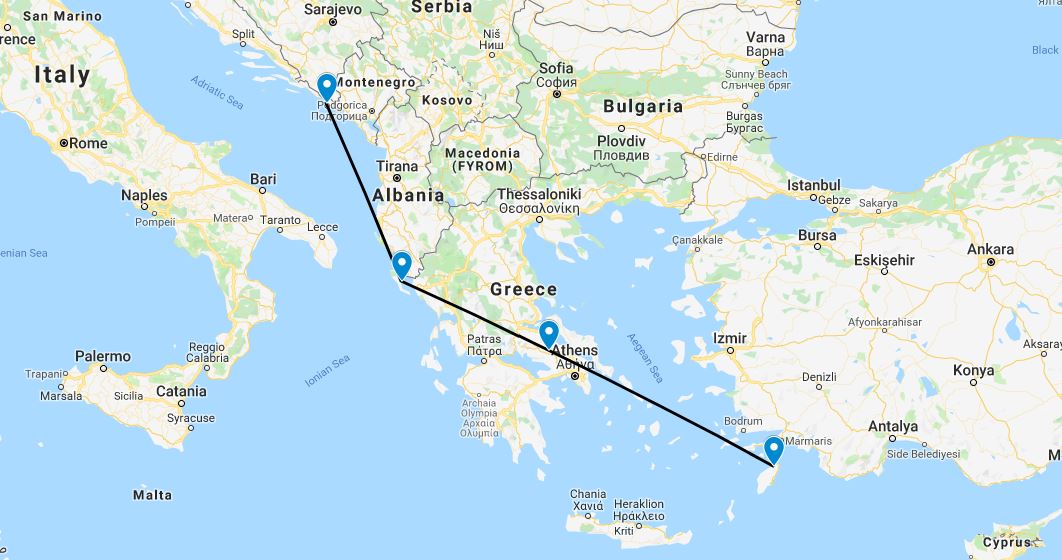
At Kerkira we were met by Olympic handling who confirmed the AOPA discount, and then led us through the airport procedures in a whirlwind of efficiency. Annie dealt with the fueling, making sure they followed my instructions, while I was taken through the various airport offices to pay our fees (45 Euro total), file the new flight plan, etc. In record time we were back at the aircraft and requesting startup for the final flight of the day, up to Dubrovnik in Croatia.
The flight took us up along the coast past Albania, which is a very inhospitable section of coast. Cruising at 4500ft, the engine began to run rough. Given the outside temperature and the visible moisture nearby in the form of cumulus clouds along the coast, I suspected carburetor icing and applied carb heat to deal with the issue; sure enough, the problem cleared up and we continued, with carb heat on until we got to warmer air. A few minutes later, the rough running returned, and with carb heat already applied I checked for nearby airports. The closest was actually in Italy; 50 miles away across open water! “Sod that”, I thought, and decided to descend for warmer air and stay close to the flatter country and beaches that we were approaching. Instinctively, the first thing I did for the descent was push the mixture to rich; and the problem vanished! Of course, I should have done this sooner, but when the carb heat cleared the problem originally (due, no doubt, to the less dense air returning the fuel-air mix to a more appropriate ratio) I had assumed my original diagnosis to be correct; it was a great lesson never to take anything for granted. I’m not sure why the mixture became too lean in the first place, given that I had not adjusted it, and our cruising altitude was constant; maybe a wiser pilot knows.
We descended into Dubrovnik, crossing the border from Montenegro as we did. The approach was straight in and we quickly handled the refueling and packed our bags, to be driven to the terminal by a handling agent who appeared to be channeling the spirit of Ayrton Senna. Luckily we survived the bus ride and caught a taxi to our hotel in town, enjoying one of our best meals of the trip at a nearby restaurant before turning in. For once, we were not planning an early start!
After three long days of flying from Luxor, a day off was very welcome indeed. I slept in late enough to meet Annie for lunch in early afternoon, and then spent a couple of hours planning the next days flight through the Alps. It had become plain that Bucky was no hot-rod rocket ship, so I wanted to be sure that we were conservative with our mountain flying plans! Helpfully, on the reverse of the Jeppesen VFR/GPS chart for Austria, the numerous “GAFOR” routes through the Alps are printed. These routes are numbered, and the forecast for each route can then be looked up for free through an account on homebriefing.com. The forecasts are given in a simple format: routes are marked as “Open”, “Passable”, or “Closed” in 2-hourly intervals. It couldn’t be easier to read them! I decided that we’d fly from Dubrovnik along the coast, then head inland over Slovenia to Klagenfurt in Austria. We’d land there and assess the Alps, which might be a bit convective by midday, and decide whether to progress through or to wait a day, or even fly around the lowland towards the East. Planning done, we ventured to the bus stop to explore the old town of Dubrovnik.
It was clear which bus to take, because apparently every other tourist in Dubrovnik was also taking it. We ran to catch it, having been slightly delayed by my stop for a Nutella crepe and an ice-cream to chase it down (hey, we were on holiday), and squeezed on for the 15 minute drive to the Northern gates of the old town. To the left as one enters is an entry to the walk around the old city walls; Dubrovnik has a fascinating history and has at times been a city-republic. The walls are enormous and would certainly make an attacker think twice, coupled with the city’s location perched on the cliffs!
It is possible, for a small fee, to follow the walk along the walls around the entire city, which takes about 90 minutes, and is an absolutely essential thing to do if you visit. We spent well over an hour wandering along the tall, steeply sloping walls that follow the terrain’s contours and give an excellent view down into the city. The photos tell the story far better than I can in words!
As we came to the end of the walk, a thunderstorm was coming in from the south, and we hurried down into the town to find a covered restaurant for dinner. I was glad that Bucky was tied down safely at the airport! We dined under a large umbrella near the main square, with several dueling guitar players from surrounding restaurants competing to see who could attract the most attention; the rain held off in the end, and we squeezed on board the sardine-bus back to the hotel. Tomorrow would be, you guessed it, an early start…
Transit through Dubrovnik airport was swift and cheap, just the way I like it. We took off towards the North and flew straight out at 1000ft, passing the old town of Dubrovnik which looks just as great from the air as it does from ground level. We climbed to the lofty altitude of 1500ft after that, and followed the Adria1 VFR route along the Croatian coast; these routes are marked on the Jeppesen VFR/GPS charts. The coastal route is absolutely stunning, all crystal clear azure waters and picturesque islands, with the occasional yacht anchored in a secluded cove.
The more popular coves must be marked as such on the sailing charts, as yachts were squeezed into some nearly as tightly as we had been squeezed into the bus on the previous night. As we flew, Annie read out interesting snippets from a book she had purchased the previous day; we learnt about the Chinese cultural revolution, the Tienanmen Square massacre, and the Egypt-Syria-Israel war. Flying can be both fun and educational.
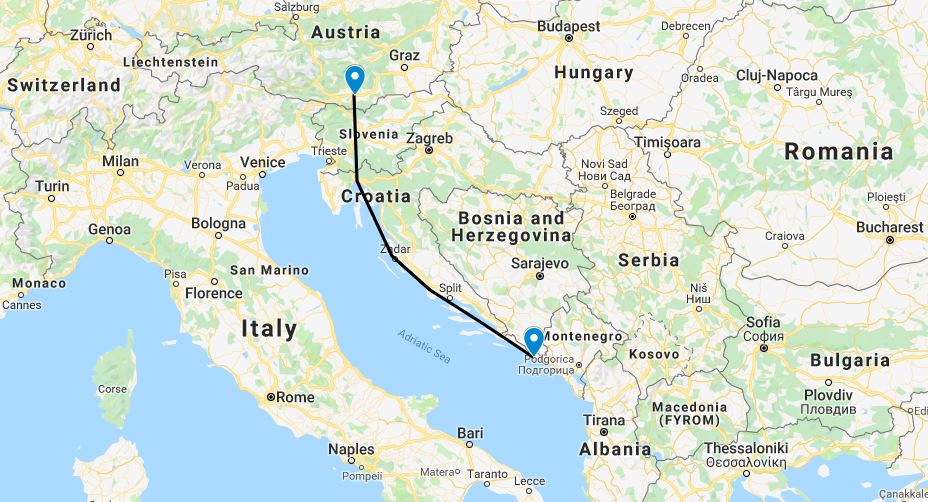
The flight up the coast took two or three hours, after which it was time to start climbing as we arrived at the European mainland. We could say goodbye to the life jackets for a few days, at least. We passed over Slovenia at ever increasing altitude, being told to keep clear of the airspace around Ljubljana. It’s great how flying takes you over countries that you know nothing about; I had no idea that Slovenia was so beautiful and mountainous. We topped out our climb at 7500ft to clear the ridge of mountains that marks the Austrian border, and descended into Klagenfurt for our lunchtime stop. Fueling was quick, with only the mains being filled to keep our weight down for the climb through the mountains; although the cloud over our predicted route had looked ominous on the way in. The GAFOR charts concurred, with routes 60, 61 and 62 (our chosen route) being marginal, and changing to closed before too long. The decision was easy; let’s spend a night exploring Klagenfurt!
It was nice to arrive somewhere in the early afternoon, rather than the evening, for once. We found a good hotel on the lakeshore, 5km from the town centre, and made our way through the park to a café at the water’s edge for lunch. The lake was full of pedal boats and swimmers enjoying the sunshine, so we sat for a few hours reading and making the most of the good weather before walking into town to find dinner. We saw countless locals as we walked into town, all of whom seemed to be running, cycling, or roller-blading; Austrians are evidently very active people!
The town was not as touristy as many of the places we had been, and the choice of restaurant was limited, so we ended up in a Sicilian pizzeria which turned out to be superb. The owner spoke no English, and we spoke almost no German, so we sat and chatted with him in French as he had been brought up in Switzerland; his main topic of conversation was telling us how the other Italian restaurants in town were frauds run by people with names like Schmidt, and he was the only proper Italian in town!
Early next morning I checked the GAFOR charts, and of course had a look out the window, to assess our chances of crossing the Alps. It didn’t look good, with cloud being fairly low and studded with rain showers, so Plan B was put into action; instead of 100 miles across the Alps to Salzburg, we would fly 250 miles around the low ground via Vienna, ending up in the same place. The weather around the low ground was quite good, as was the radio reception; surprising at low level in such mountainous terrain! The first half of our route followed the A2 to Vienna, and it was fun to track the road from above as it ran through long tunnels and across sweeping viaducts. It would be a great road to drive along some time, but this is the curse of flying; nearly everywhere you pass seems to invite a return for a longer stay, which would take more than lifetime to complete if you gave in to every temptation!

I had only filled the main tanks and Klagenfurt, wanting to be a bit lighter in case we were heading through the Alps, so after a few hours flying it we stopped at Wels airport to refuel. The airport was small and friendly, with a well furnished pilots’ lounge and a well stocked hangar with some interesting aircraft. The airport manager told us that the weather in Germany, along our proposed route, was poor; but luckily he had a space available in his hangar for the night for a high price. The weather reports along our route suggested otherwise, so we disregarded his salesmanship and paid our fees ready for departure. On the counter was a book written by a local pilot about his “Around the World” trip in a homebuilt Glasair aircraft. His first leg had been from Wels…to Luxor! He covered the ground in rather less time than we had done.
Our next leg took us across the border, and a couple of hundred miles into Germany to Mannheim. On our frequency were a number of aircraft going the other way, from Mannheim to Salzburg, and they turned out to be a group of 7 or so aircraft from Rotterdam! We heard one of our flying club aircraft on frequency and passed them our regards, happy to meet a local so far from home. On the ground at Mannheim we met the last of their group, who were waiting for a part to fix their aircraft and were as surprised as we were to meet a fellow flying club member. We had some lunch in the airport caf̩ while waiting for our flight plan to be processed, and chatted about our trip with the Tower controller who was on his break. The food was a far cry from what can be found in some British airport cafes Рbreaded fried Camembert with red berry sauce! With our takeoff time approaching, we made our way back to the aircraft for the last flight of the day.
I had intended to fly all the way to Headcorn in Kent to drop off Annie, but when I called the airport there and asked for permission to fly in I was met with the response “You’re joking aren’t you?”. After we established that no, I was not joking, he asked where I was calling from and learning that it was from Germany informed me that the weather a few hundred miles West was not at all good with driving rain, strong wind, and low cloud! Next time, maybe I’ll check the weather before making the call and not the other way round but never mind; we looked at the weather now and re-planned from Charleroi in Belgium, about as far as we could get without getting into the really bad conditions. It was only a 170 mile flight, which was welcome because a good half of it was through light rain and bumpy conditions; safe flying, but not much fun and certainly tiring.
We snuck into Charleroi between arriving and departing RyanAir flights (Brussels South, they call it), and parked up about half a kilometre’s walk from the tower. Once we made our way over there, the man on the desk informed me that they needed to see all the aircraft’s documents, and would I mind walking all the way back to get them. “The tower forgot to tell you before you came over” he said; great. This was the only airport that had asked to see any of the aircraft documents, and seems to be symptomatic of small regional airports who attract a few low-cost flights a day and suddenly think they are the new equivalent to Heathrow. Eindhoven is a prime example of this, but thankfully Charleroi had not yet adopted the punitive pricing and rude staff that are found at Eindhoven! Once the airport staff had completed their somewhat pointless-seeming photocopying of our documents, we managed to find a taxi to take us to the closest hotel, and had an early dinner before what we hoped would be our final day of flying.
The weather forecast for the final day of the trip suggested that, unsurprisingly, an early start would be our best bet. Charleroi, continuing their self-important attitude, were the only airport of the trip who not accept payment on the day but would only invoice us by post. They could not tell me what the exact price would be, either, but did at least indicate that it would not be stupidly high. We shall wait and see! The wind was gusting up to 25kts or more as we took off, and started threading a path through and around the rain-showers that would be a feature all the way back to Popham.

A 30kt headwind made the trip slow going. We were flying into Lydd, as Headcorn insist on the pilot phoning for a briefing in advance and did not open until 10AM Belgian time which would kill any chance of an early departure. We were given quick clearance through Lille’s airspace en route, and coasted out over Boulogne for the short 30 mile crossing to Lydd. The landing was sporting but uneventful, given the high and gusty winds, and we met Annie’s friend at the terminal and had breakfast in the restaurant while we waited for the OK from immigration to leave the airport. This was given, and I taxied out to the runway, now solo again, for the 85 miles back to Popham.
This leg was slow again given the headwind, but short, and I was happy to let it drag out a bit. It would be sad to say goodbye to Bucky after such a long trip! 10 miles out from Popham I called up on the radio and received the airfield information and was informed of a heavy shower approaching the field. Indeed, it arrived at the field at about the same time I did, but seemed to have dampened the wind a little so I make an offset approach to runway 26 through the downpour, turning at the last minute to avoid the petrol station and line up with the runway. A firm landing concluded the trip and I taxied back to the hangar where Iain met me and we put Bucky back under cover.
Although we did not make it into the Sudan, it had still been an incredible trip. We had flown more than 65 hours in just over two weeks, with our longest day involving 8 hours in the air, and a couple of others with more than 7. Our longest single flight was almost 6 hours, much longer than my previous record of 4 and a half! In the final days I had broken the 600 hour total flying time mark, too, an average of 100 hours a year since gaining my licence.
There was still the open question of the task in Sudan for which we had flown the aircraft down for in the first place. Perhaps next year we’ll give it another go…
Click here to return to the Adventures index.
